It happens to the best of us – you spend the whole day cleaning, and when you wake up the next morning, the dust has returned and covered every surface of your house. If you find yourself asking, “why is my house so dusty?” you’re not alone. Even the cleanest homes can struggle with persistent dust.
Eliminating household dust is essential for the well-being of a family. Dust mites can trigger indoor allergies, asthma attacks, and a host of other health problems. If someone in your home suffers from breathing or respiratory issues, it’s even more important to keep every room dust free. Here are some steps you can take to eliminate dust, plus some tips and tricks from experts on how to manage your dust problem once and for all.
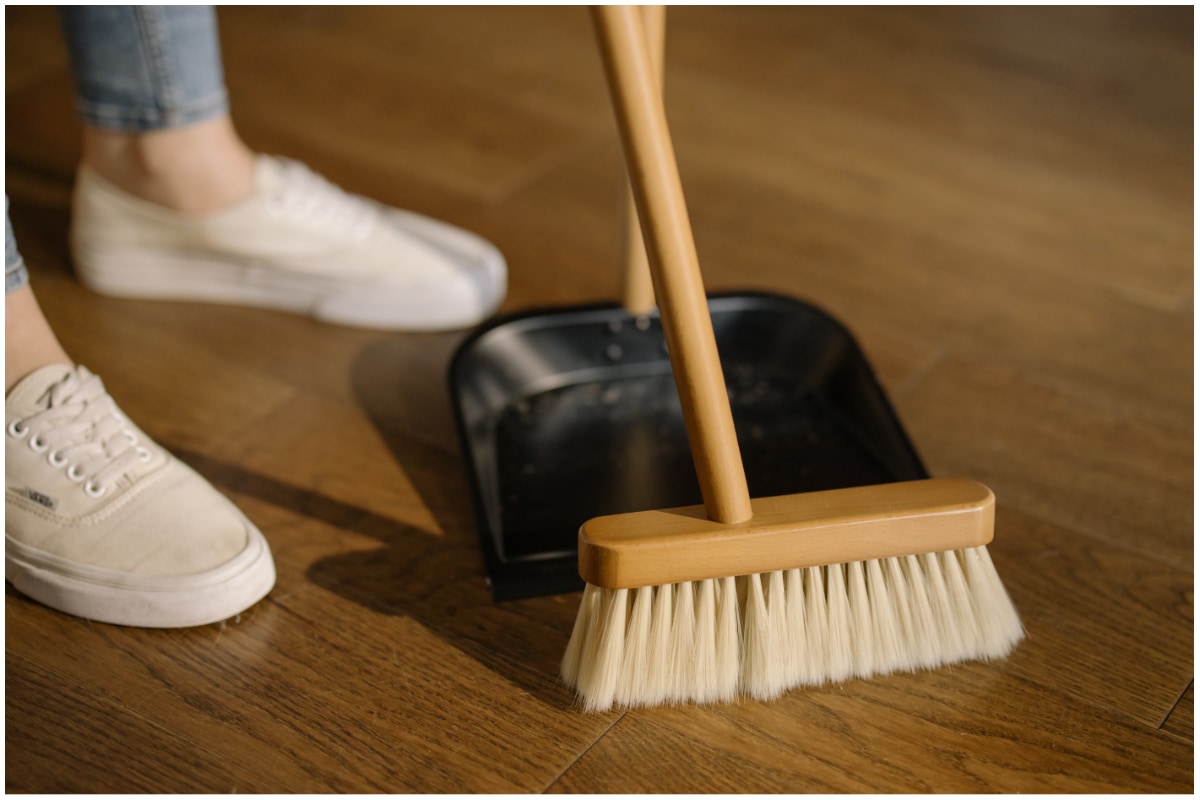
Where does dust come from?
Household dust is usually comprised of many different particles. For most households, dust is a mixture of dead skin cells, pollen, dirt, dust mites, hair, soot, animal dander, and clothing fibers.
Roughly 60% of the dust in your home comes from outside. Pollen and dirt particles are brought inside by attaching themselves to your clothes, shoes, and hair. As you walk around your home, you spread these particles around, where they eventually settle and make dust.
However, attaching to your clothes isn’t the only way dust can enter the home. “Dust can enter your home through open doors, windows, leaky air ducts, and other broken or cracked portions of your home that allow outdoor air to enter. Dust can also originate indoors from pet dander, hair, carpets, upholstery, cooking, bedding, clothing, and even certain DIY and home projects.” – Fresh Air Matters, Frisco, TX
Renovating your home?
Find out what your home's worth, edit facts, and see the impact of home projects.
Why is my house so dusty? 5 easy ways to get rid of dust
Renovating your home?
1. Deep clean all carpeting and rugs
Regular vacuuming is the number one thing you can do to reduce excess dust. Use a vacuum with a dust filter to trap contaminants in the air and lock them away. Also, don’t forget to vacuum underneath rugs, furniture, and couch cushions.
2. Use microfiber cleaning cloths
Microfiber products are great for cleaning. Not only do they clean effectively and polish the surface, but they also trap dust and dirt as you clean. Invest in a variety of microfiber cleaning cloths in various sizes and use them to pick up dust, not just push it around.
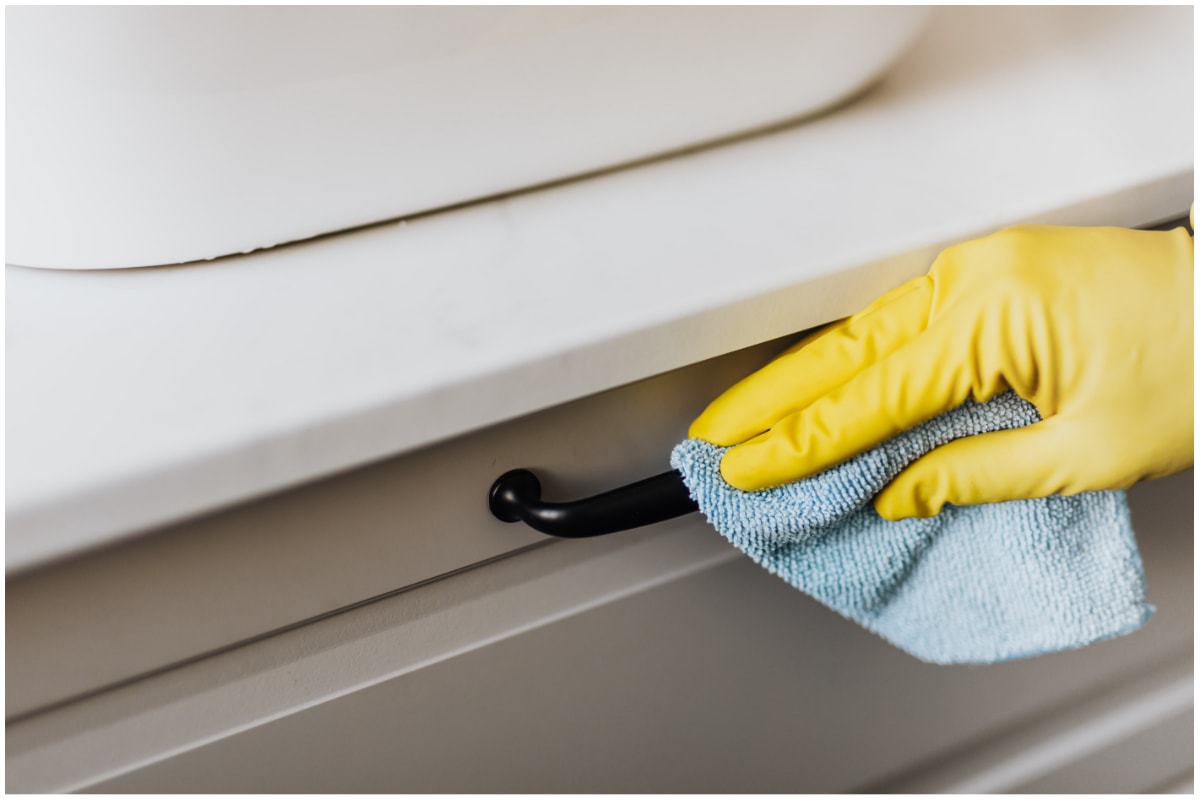
3. Upgrade the furnace filter
A clogged or dirty furnace filter can put vast quantities of dust into the air. If you can’t remember the last time you changed your furnace filter, it’s probably long overdue. Check the condition of your filter and clean it if necessary. You’ll be amazed at the reduction in airborne dust and other contaminants.
4. Regularly check your HVAC unit
If you want to reduce the amount of dust in your home, you should check your HVAC system, as it might be causing the problem. “Homeowners should ensure their heating, ventilation, and air condition (HVAC) systems receive routine maintenance. This includes changing HVAC air filters every three months. Homeowners can also invest in advanced indoor air quality (IAQ) technologies that supercharge the effectiveness of HVAC filters.” – Phenomenal Aire
“Having large amounts of dust in your home is a significant indicator that you have an indoor air quality problem. Dust particles can be dirt, pet dander, fibers, dead skin, hair, dust mites, and pollen that your family could breathe in, affecting their wellbeing.” – Sanalife, Tyngsborough, MA
5. Seal leaky ducts
Ductwork is responsible for taking in filtered air and releasing unclean air. If your ducts aren’t sealed properly and have leaks, it could result in unwanted dust in your home. “Even in new homes, ducts may not always be sealed properly. Removing your registers and sealing any gaps with silicone caulking can really cut down on the dust in your home and is a great DIY project. To take things a step further, a high-capacity air filter may be professionally installed and directly attached to your HVAC equipment. This method provides superior cleaning capacity over typical standard smaller room size return filters.” – Precision Air, Nashville, TN
How to prevent dust in the house
1. Have your carpets professionally cleaned
If you have carpets, you should have them professionally cleaned at least once a year. Even with regular vacuuming, carpets can trap dust particles, dirt, and other harmful contaminants. Once that debris gets set in, it’s very hard to remove — even with the most powerful vacuum. Professional cleaning is the best way to remove any deep-set dust and dirt from your carpet.
2. Keep hardwood floors clean
Carpets tend to hide dust and dirt, but hardwood floors show every speck. Cleaning your hardwood floors regularly is one of the best ways to keep unwanted dust at bay. Check with the manufacturer of your hardwood floors and make sure you only use the recommended cleaning solution. Using the right cleaning products will keep your hardwood floor looking new and help repel dust and dirt.
3. Limit knickknacks
Extra knickknacks and souvenirs give dust and dirt a place to settle. Check out the items you display and pack away any you don’t need. Eliminating knickknacks is a good way to make your rooms look more organized and reduce dust accumulation.
4. Institute a no-shoes rule
As mentioned earlier, every time you come in from outside, you bring tiny amounts of dust and dirt with you. Set up a shoe zone right inside your front door and ask guests to remove their shoes upon entry to prevent excessive dust. If you want to make your guests more comfortable, you can provide an assortment of comfy slippers to wear inside your home.
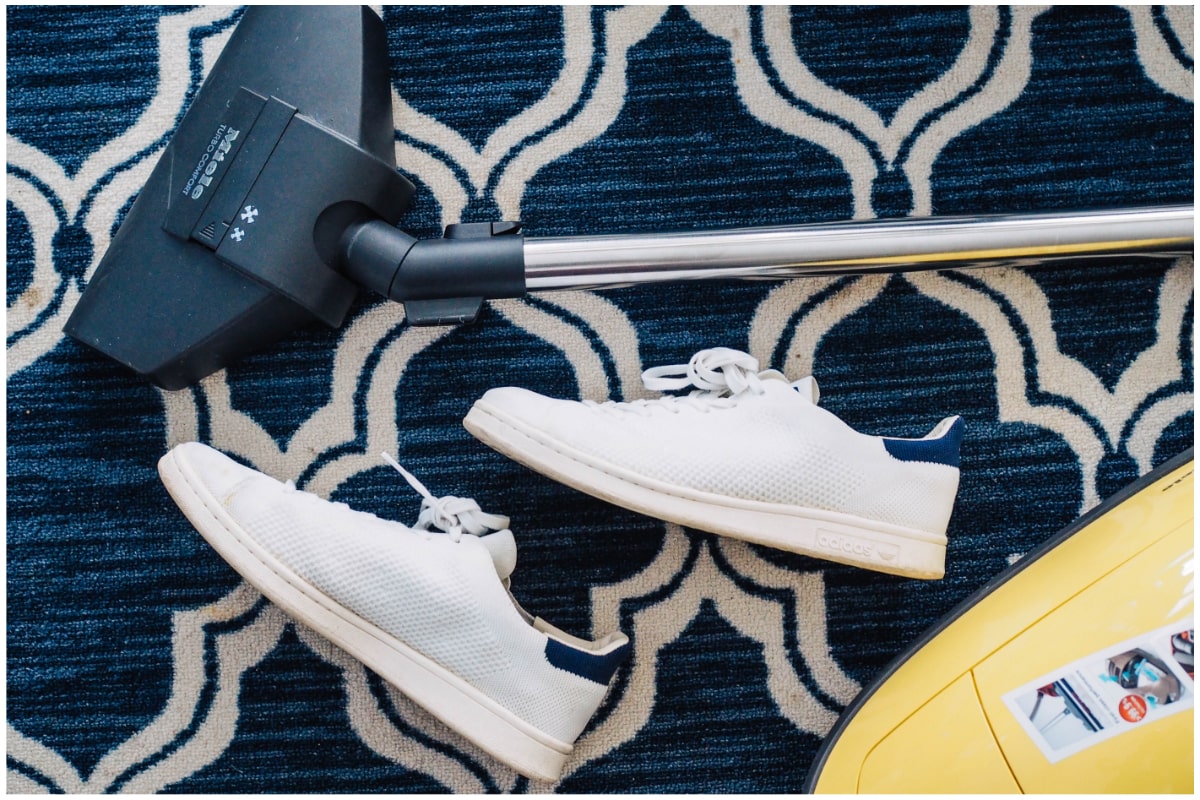
5. Wash window screens
It’s inevitable that dust will settle in your windows. Luckily, washing your home window screens can easily solve this problem.
“Wash your window screens at least once a year in the spring, just before the warm weather sets in. Warm weather brings pollen and dust that can enter your home. Clean window screens help filter dust, pollen, insects, and other pollutants from entering through the window.” – DAPrDAN, Camano, WA
6. Use an air purifier
Another way to prevent dust build-up and improve air quality in your home is to invest in an air purifier.
“While visible dust can cause health risks, invisible dust is the real problem for respiratory health. Dust particles as small as 5 microns (10 times smaller than a human hair) and even smaller airborne particulates like smoke, combustion products, and lead dust can remain suspended in the air for a long time. While they’ll eventually settle, the best approach for health is to use portable air purifiers in your home to remove them from your air and keep them out of your lungs. If you leave the air purifier on 24 hours a day, you’ll have less visible and invisible dust as a result.” – Brio
“In recent years, polluted air has been a huge problem, especially in modern, big cities. Using an air purifier is an efficient way of trapping dust in your home and lowering the risks of triggering dust allergies and respiratory problems. An air purifier with a True HEPA filter traps 99.97% of pollutants as small as 0.3 microns, and it doesn’t only decrease dust in your home, it drastically improves overall air quality.” – Air Purifier First
Health risks of a dusty home
Keeping your home dust-free is especially important for those who have respiratory issues or a dust allergy. Below are some tips from experts on how to reduce these dangerous tiny particles.
- Change air filters monthly – “Airborne, fine particulate matter has been shown to create a greater health risk than secondhand smoke. The EPA recommends a MERV 13 air filter to reduce airborne dust to acceptable levels. These filters must be changed monthly as they’re no longer effective past 30 days.” – Blue Water Climate Control, Knoxville, TN
- Invest in an air purifier with a True HEPA filter – “Microscopic particles smaller than 2.5 micrometers pose a serious health risk because they can move from your lungs into your bloodstream and cause a host of respiratory and cardiac issues. Homeowners can eliminate these ultra-fine dust particles with an air purifier equipped with a True HEPA filter, such as the SKYE portable air purifier. Homeowners should purchase a purifier with a True HEPA filter versus a HEPA-type filter because the performance of True HEPA filters is regulated by the United States Department of Energy, whereas HEPA-type filters are not standardized and are ineffective at capturing minuscule dust particles.” – Air Health, Kinston, NC
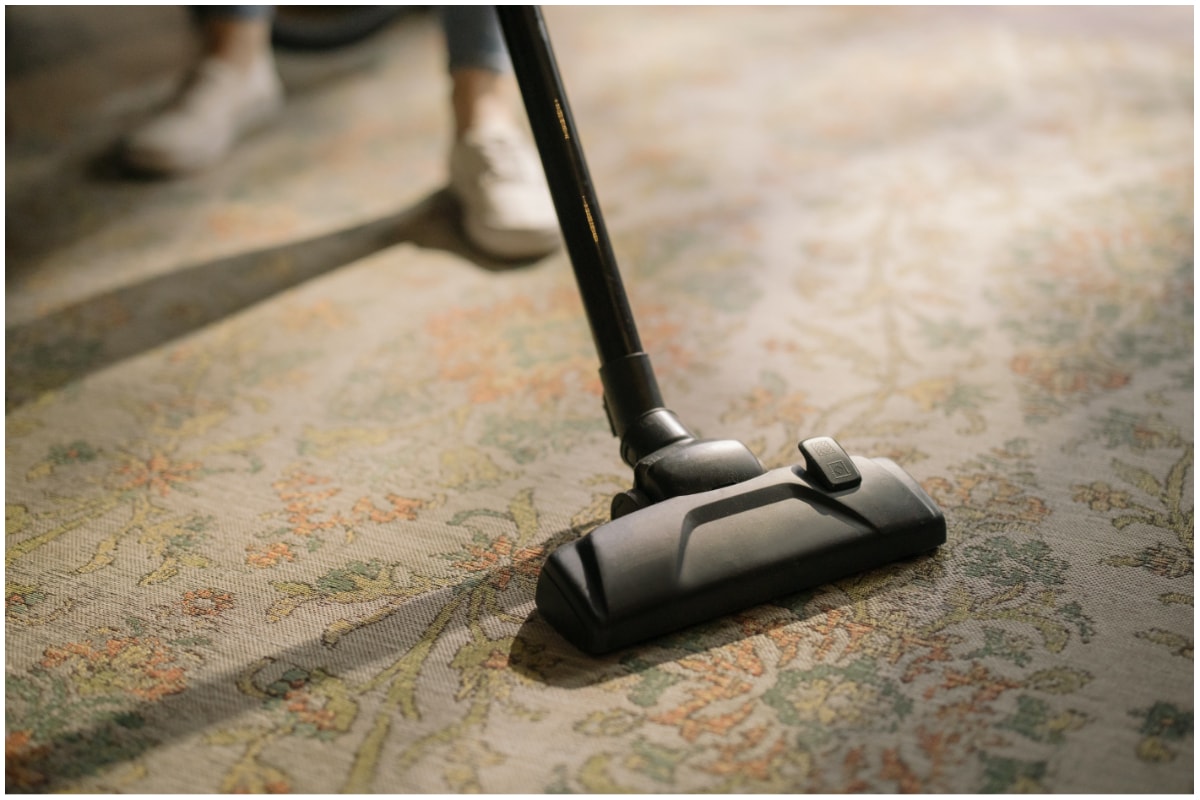
Looking to save money on your mortgage?
Final thoughts
Airborne dust is a real problem in many homes. Even if you’re a fanatic housekeeper and vacuum your rooms regularly, dust and debris can still make their way into your home and make you think, why is my house so dusty? The tips listed above can help you achieve a dust-free home and reduce the health risk of airborne contaminants to keep your family happy and healthy.











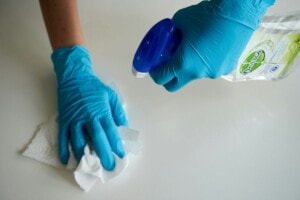














 United States
United States Canada
Canada